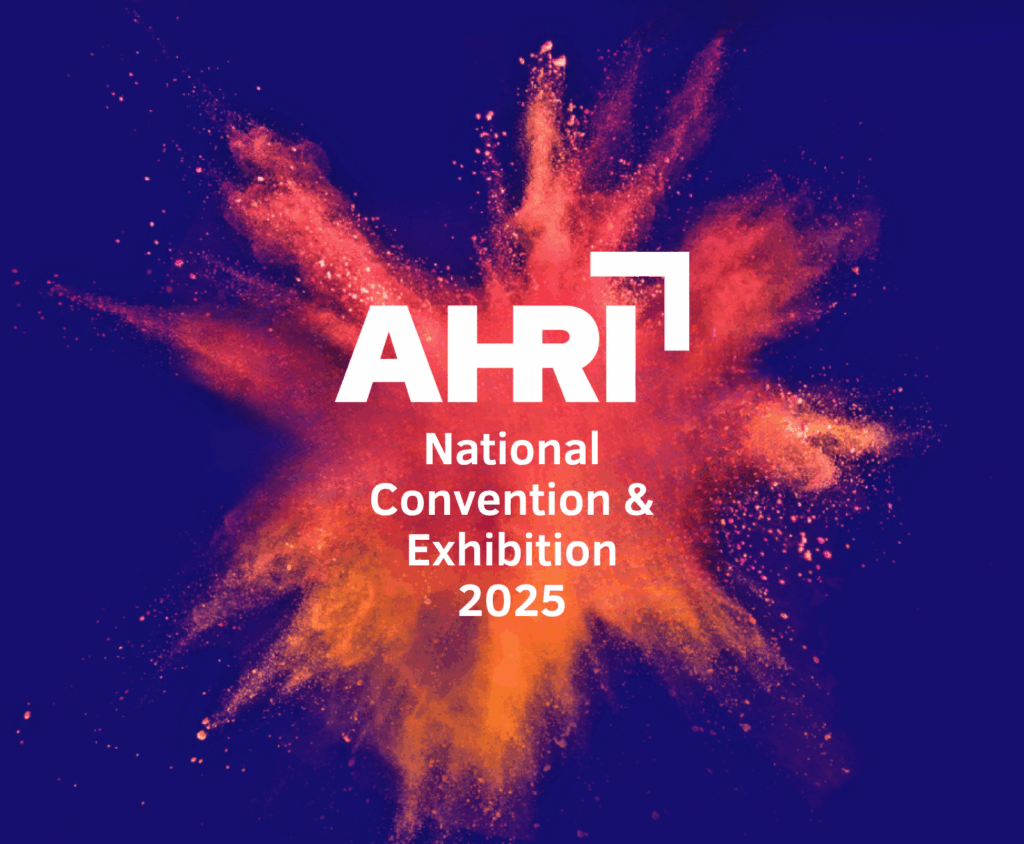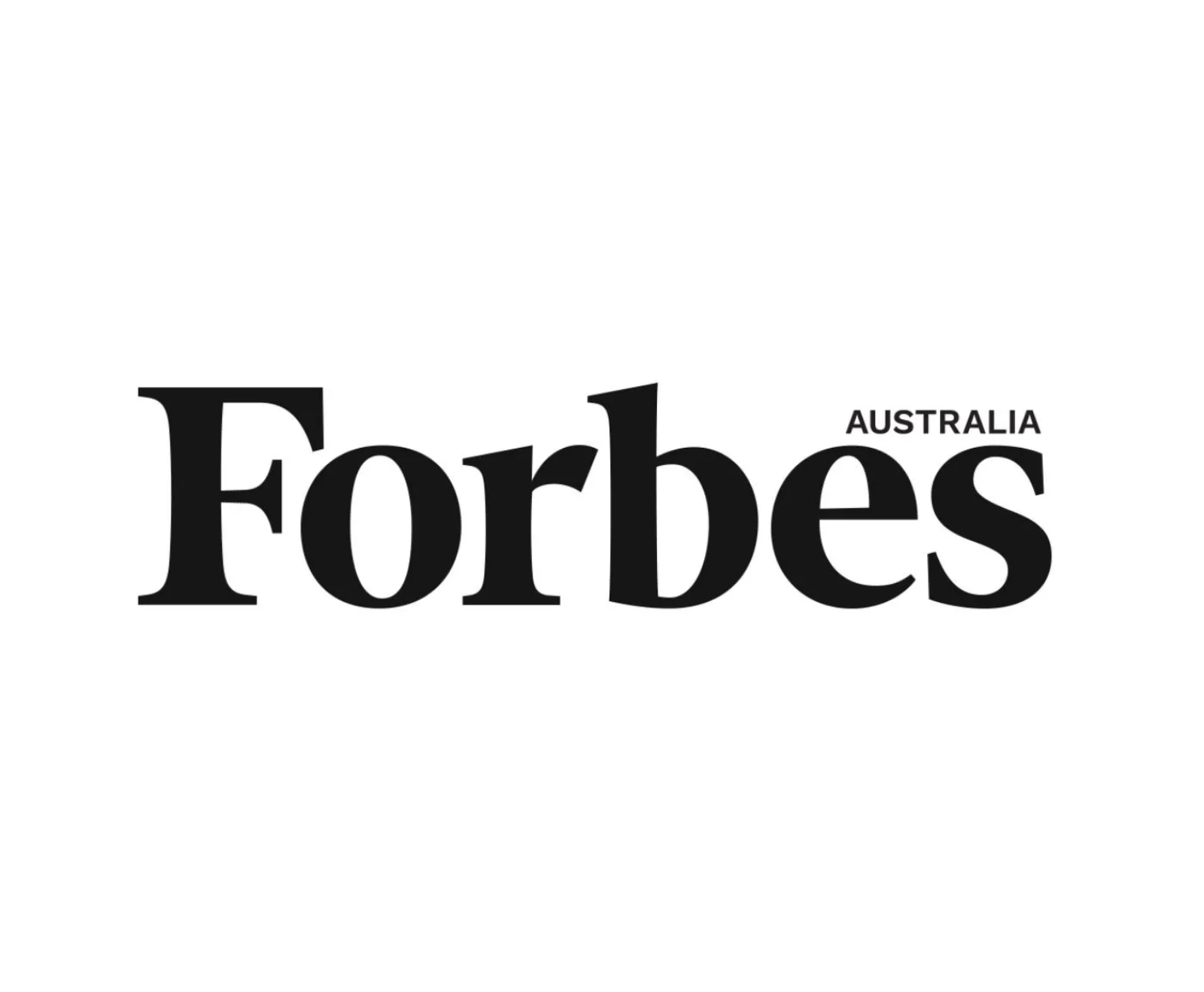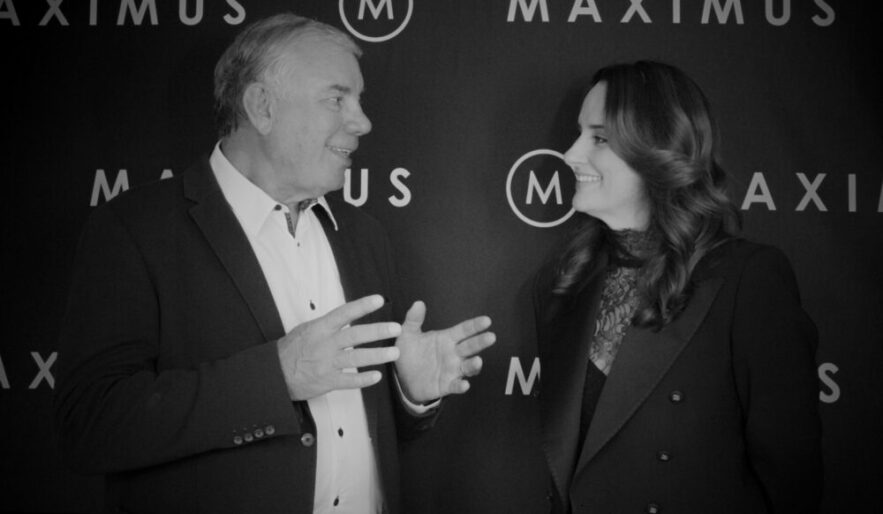The future of leadership won’t be defined by rigid structures or narrow measures of success, it will be defined by leaders who create real value for their people, their organisations, and society.
Reimagining productivity, embedding AI thoughtfully across roles and processes, building adaptive operating models that spark innovation and autonomy, and providing clarity on strategic priorities that strengthen psychological safety were the central themes at last week’s AHRI National Convention.
At the conference, Maximus Director James Keeler shared his perspectives on the future of leadership and the vital role People & Culture leaders must play in shaping it. He highlighted the critical tensions facing leaders today and why a new era of leadership is essential for Australia’s future, particularly as the nation has slipped from being one of the most resilient economies globally to a sharp decline in Business Efficiency, dropping from 22nd in 2024 to 37th in 2025.
At Maximus, we call this Value Making leadership: leaders who think boldly, act with conviction, embrace uncertainty, and lead with clarity. These are the leaders who set the pace and direction for others to follow. This is where true transformation occurs – shifting from managing systems to mobilising people, from trading value to creating it, and from surviving change to shaping it. In a climate of subdued growth, widening skills gaps, and declining mental well-being, organisations that embrace Value Making leadership unlock performance that is scalable, sustainable, and has a societal impact that will shape the future.
Workplaces are evolving faster than ever, shaped by AI, shifting employee expectations, and hybrid work realities. Leaders need to be at the forefront of reimagining how organisations grow, adapt, and lead.
Across two days of discussion, debate, and fresh ideas, several key themes emerged, together offering a clear picture of what it takes to lead effectively in today’s uncertain yet opportunity-rich environment.
Rethinking Productivity: From Hours Worked to Value Creation
Traditional productivity metrics such as hours worked or presenteeism are becoming increasingly obsolete. With initiatives like the four-day workweek and hybrid arrangements gaining traction, leaders must focus on outcomes, impact, and value creation rather than activity alone. This requires prioritising meaningful output, encouraging autonomy, and creating environments where employees can thrive, particularly in professional services and knowledge-based work.
Future organisational growth will likely be driven by innovation and investment, shaped by government regulations and policy changes. Leaders need a competitive, entrepreneurial mindset, fostering cultures that are innovative, brave, and willing to disrupt. High-trust environments are critical for experimentation and ideation, especially in hybrid work arrangements, where poor implementation can undermine confidence and collaboration.
Organisational structures and ways of working must support adaptability and cross-functional collaboration. By optimising hybrid teams, promoting innovation, and focusing on value-driven outcomes, leaders can cultivate sustainable growth, drive productivity, and maintain competitiveness in a rapidly evolving economic environment.
Adaptive Ways of Working: Building Agility and Resilience Beyond Structures
Operating models are no longer just about hierarchy, reporting lines, or static roles. Where you fit in is less important than how you work and the outcomes you deliver.
Modern organisations are increasingly designing for ways of working rather than structures, focusing on collaboration, cross-functional alignment, and outcome-driven practices such as hub-and-spoke models.
This reframing allows agility and scalability, prioritising interactions, feedback loops, and digital solutions over rigid frameworks that stifle innovation. It also supports resilience in complex and uncertain environments, allowing teams to adapt rapidly to changing market conditions and organisational priorities.
Embedding AI Across Roles: Combining Human Judgment with Technology
AI is becoming a core component of organisational design, reshaping how human expertise and technology intersect. Leaders need to understand which aspects of a role or process can be augmented by AI and which require human experience, judgment, and context.
While AI can replace certain expertise, it cannot replace real-world experience. This makes accelerated early-career development, through simulations and scaffolded learning, essential for graduates and emerging talent to develop practical skills quickly.
Leaders are embedding AI across workflows, decision-making processes, and organisational practices to enhance productivity, support innovation, and enable smarter, data-driven ways of working throughout the business, driving AI adoption by fostering a culture of shared learning, where staff exchange insights and best practices.
What is clear is that while AI can amplify performance and create efficiencies at an operational level, the traditional role of leadership to set direction is more important than ever. When you combine a leader’s innate ability to ask the right questions with AI, the impact becomes more powerful.
Cross-Functional Collaboration: Aligning Strategy, People, and Technology
True transformation cannot be achieved within silos. Complex challenges demand cross-functional collaboration that unites strategy, people, and technology into a single, coherent agenda. Too often, organisations pursue change within isolated functions, only to see momentum stall and impact diluted.
From Maximus’s perspective, to truly shift performance, leaders must act as ecosystem shapers, forging alignment across functions, integrating diverse perspectives, and building collective accountability for outcomes.
At the centre of this work sits the “golden triangle” of leadership: Strategy, People, and Technology. When these stakeholders operate in partnership rather than in parallel, the organisation can align vision with execution, empower its people with the right tools, and embed technology in service of its strategic goals. Cross-functional collaboration is not optional; it is the foundation on which enterprise-wide transformation and enduring impact are built.
Psychological Safety and Change Fatigue: Reducing Friction and Building Trust
Beyond workload, friction within organisations – such as inefficient processes, unclear decision-making, and structural ambiguity – is a primary driver of psychosocial hazards and change fatigue. Furthermore, as employees become more engaged with AI, they may feel less secure in their roles, presenting an additional challenge for leaders to navigate.
Addressing these pressures requires leaders to provide organisational clarity, define decision rights, and implement effective change management, all of which reduce cognitive overload and increase psychological safety.
Integral to this is Value Making leadership, defined not just by competence but by clarity and conviction – the ability to make bold choices, embrace uncertainty, and pursue meaningful outcomes.
In Summary
Rethink productivity. Shift the focus from hours to outcomes, value creation, and innovation, supported by high-trust environments and adaptive hybrid models.
Adapt ways of working. Evolve beyond rigid structures into agile, outcome-driven models that fuel scalability, collaboration, and resilience.
Embed AI. Integrate AI across roles and processes to boost productivity and decision-making, while elevating leadership skills for context setting and culture shaping.
Embrace cross-functional collaboration. Act as ecosystem shaper to deliver large-scale transformation by aligning strategy, people and technology agendas.
Prioritise psychological safety and change fatigue. Reduce organisational friction by bringing clarity, establishing clear decision frameworks, and leading with the mindset that empowers bold choices, embraces uncertainty, and drives transformational outcomes.
At Maximus, we believe these themes signal the arrival of a new era of leadership – Value Making leadership. To learn more about this philosophy and how you can prepare for the future, explore our Value Makers toolkit or connect with us.









